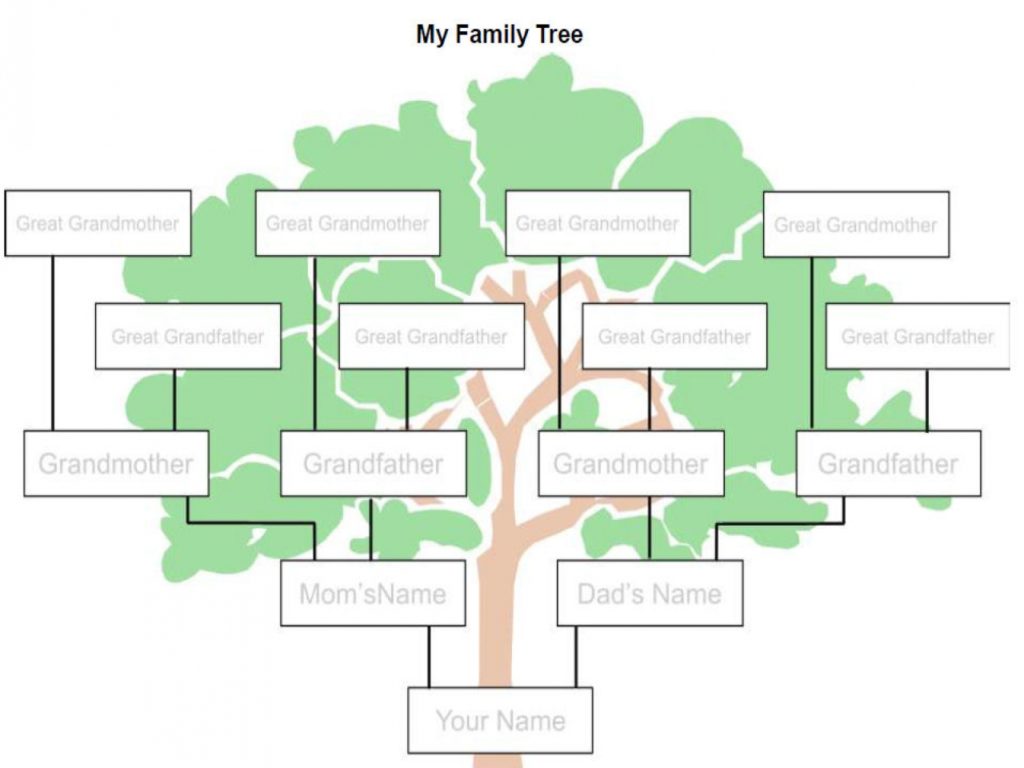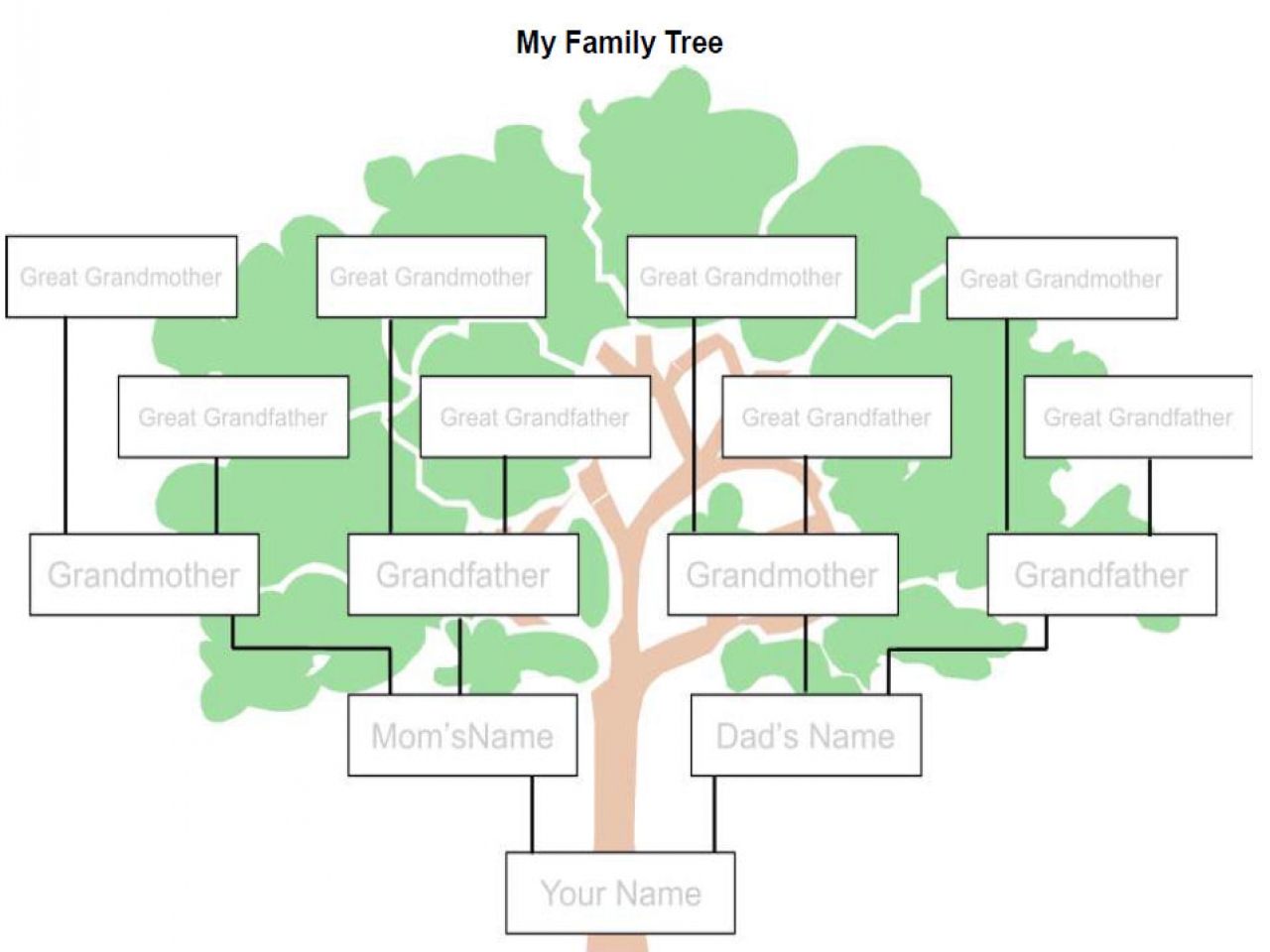
One of the proposed components of the National Museum of the American People would be a center where visitors could learn about their ancestors on two levels.
First, through genealogy they would be able to trace their immediate and direct ancestors through various records.
Second, visitors could contribute their DNA information to provide more general and distant information about a person’s past. We’ll be talking about this in more detail in our next blog post.
For genealogy research, the Museum would partner with organizations throughout the nation and the world with extensive data bases to help those researching their families fill in the blanks of their ancestors’ lives.
The Family Search Center and Family History Library in Salt Lake City, operated by the Church of Jesus Christ of Latter-day Saints, is the best known of these entities. Containing the records of more than three billion deceased persons, this is the largest collection of its kind in the world. The Salt Lake City library attracts about 2,000 visitors a day. Holdings include census records, passenger and immigration lists at major U.S. ports, military records and state, county and town vital records. Some records go back to 1550.
Another significant source of data is the National Archives and Records Administration, which has military records going back to the Revolutionary War, Census data from 1790 through 1940, and a variety of documents, photos, recordings and other materials grouped by ethnicity. Researchers who visit there can discover ship manifests including the names of their ancestors who first arrived in the U.S. along with details about the ship, where it left from, and where and when it arrived.
State archives also include helpful information from state records, Native American records and pioneer information. The Statue of Liberty-Ellis Island Foundation has a database of passenger records of those who arrived in New York City. The Library of Congress offers a wide variety of local history and genealogy reference services.
The best place to begin a genealogical chart is to put down what you know, and then to get information from parents, grandparents and great-grandparents or people still alive from their circle of friends and relatives. While most genealogy research is performed by individuals researching their own families, professionals can be hired to do a more detailed search and go farther back in time.
Some genealogists specialize in the heritage of particular ethnic groups, focus on a surname or are experts on a small community. Others focus on famous people and some seek to become part of a genealogical-based group whose ancestors, for example, played a role in the American Revolution, such as the Daughters of the American Revolution, or those who came here on the Mayflower.
The National Museum of the American People will incorporate a system that would allow visitors to print out their own genealogical information. All Americans take pride in their heritage whether it be from the early days of our nation or from their parents who emigrated here just in the last generation. The NMAP will assist them in their search for their American roots.
This blog is about the proposed National Museum of the American People which is about the making of the American People. The blog will be reporting regularly on a host of NMAP topics, American ethnic group histories, related museums, scholarship centered on the museum’s focus, relevant census and other demographic data, and pertinent political issues. The museum is a work in progress and we welcome thoughtful suggestions.
Sam Eskenazi, Director, Coalition for the National Museum of the American People



